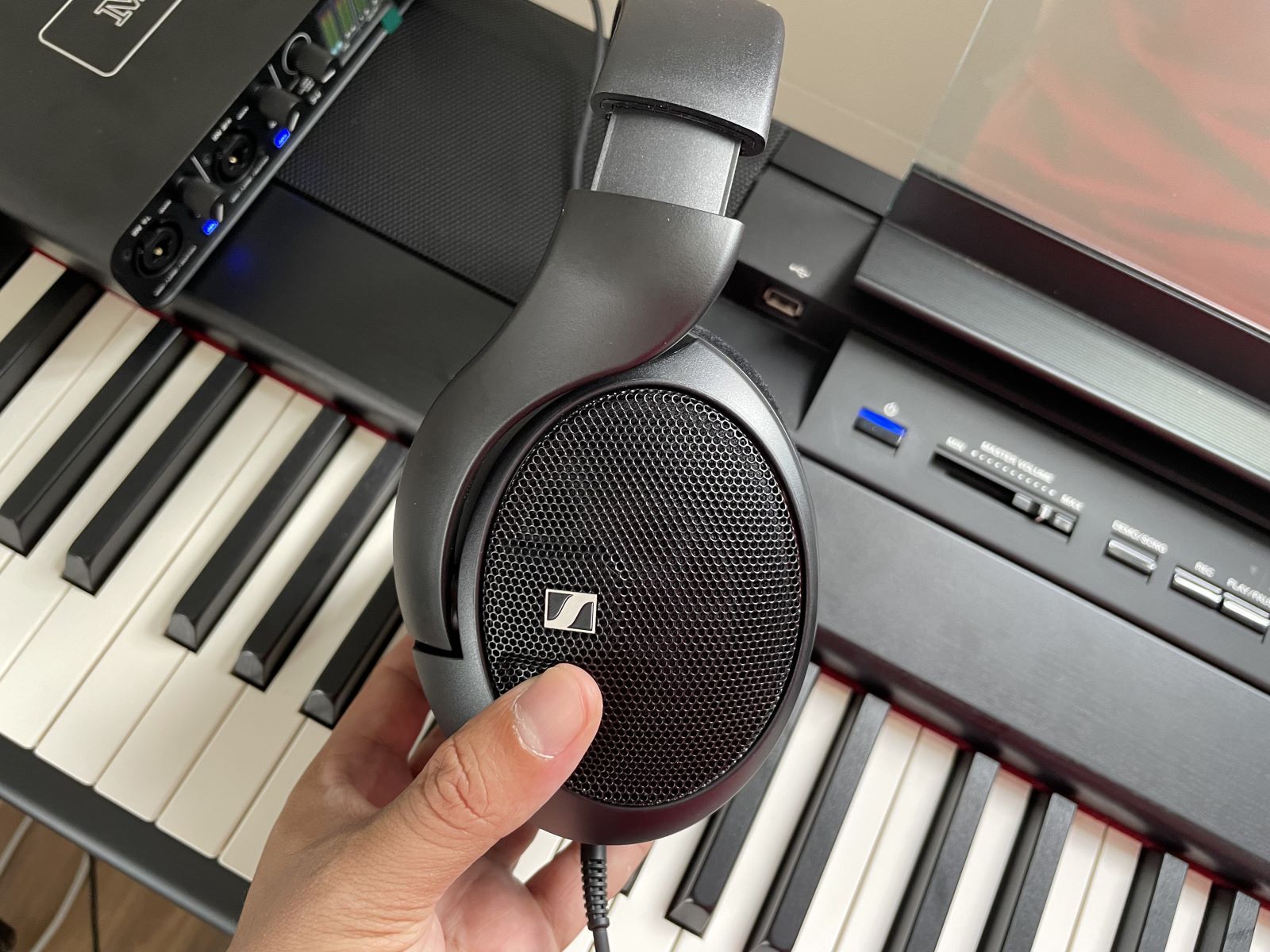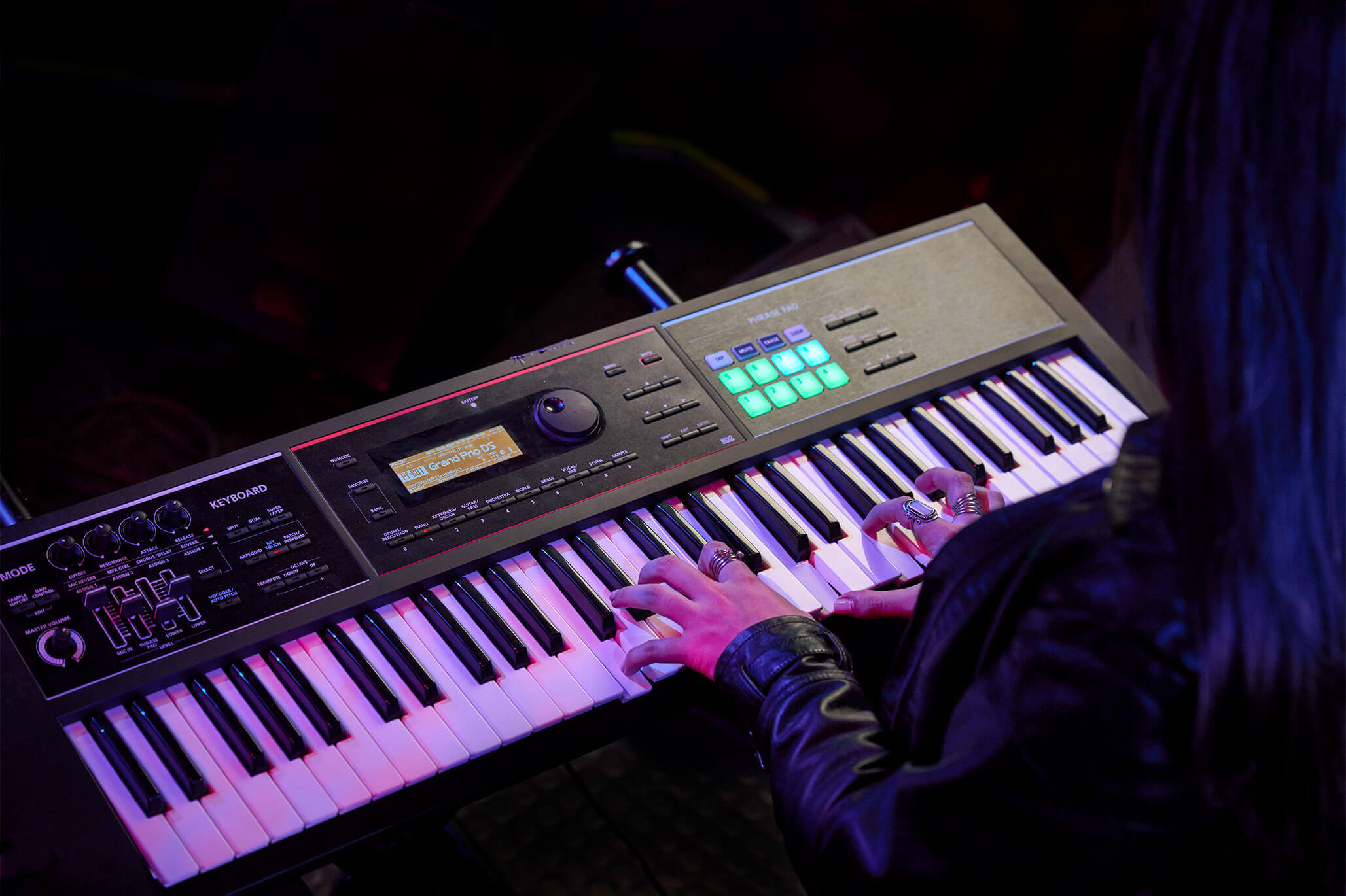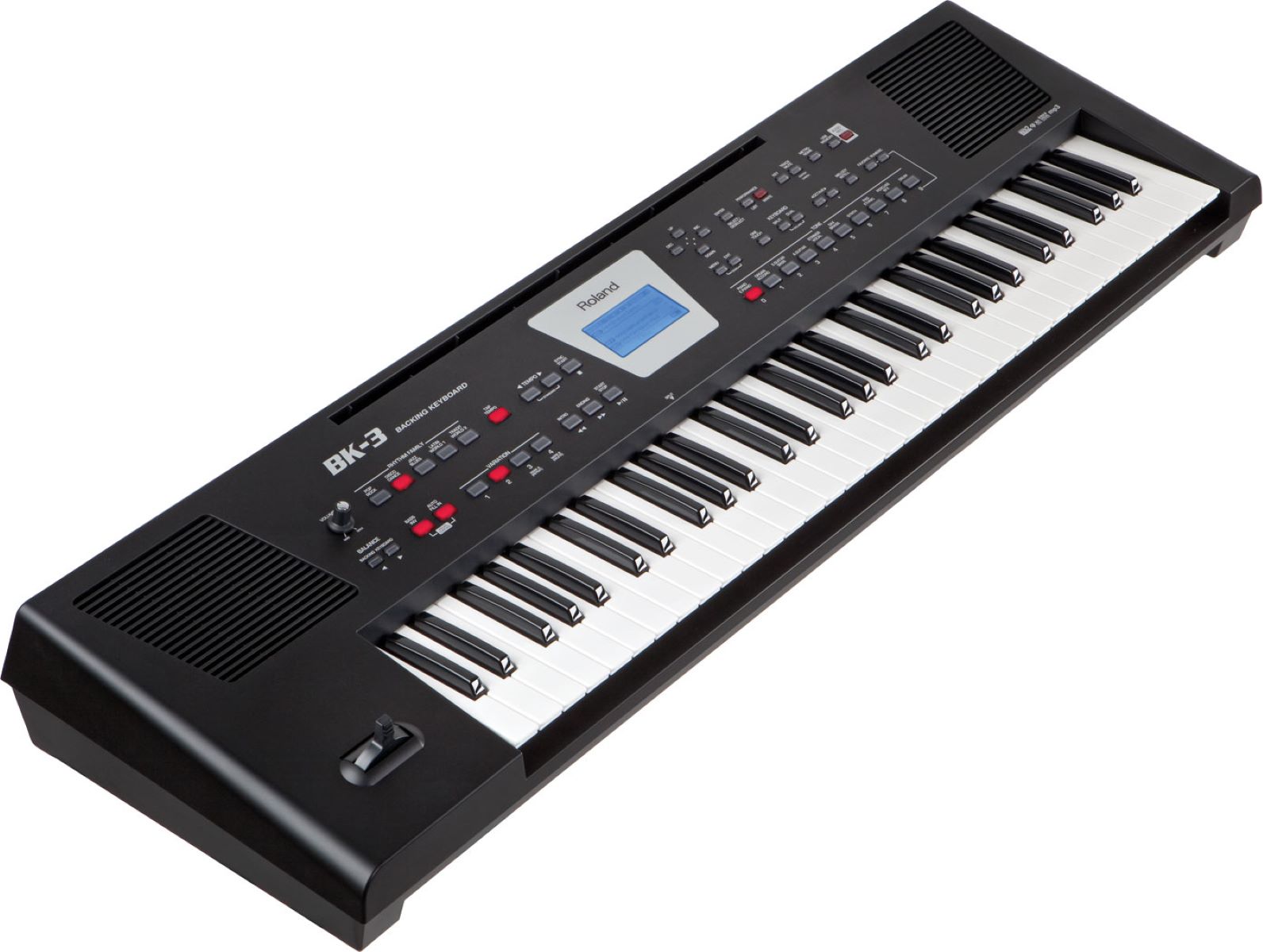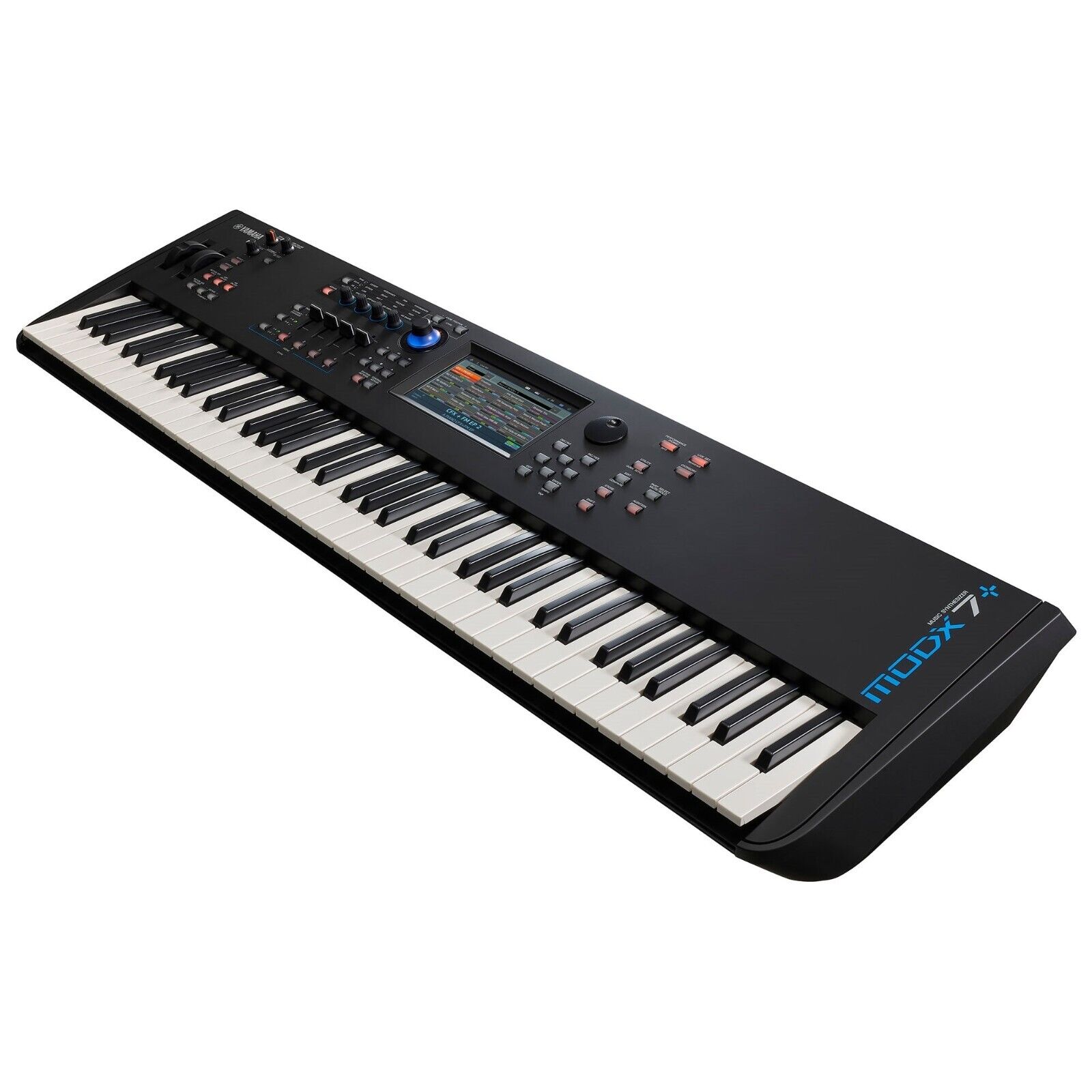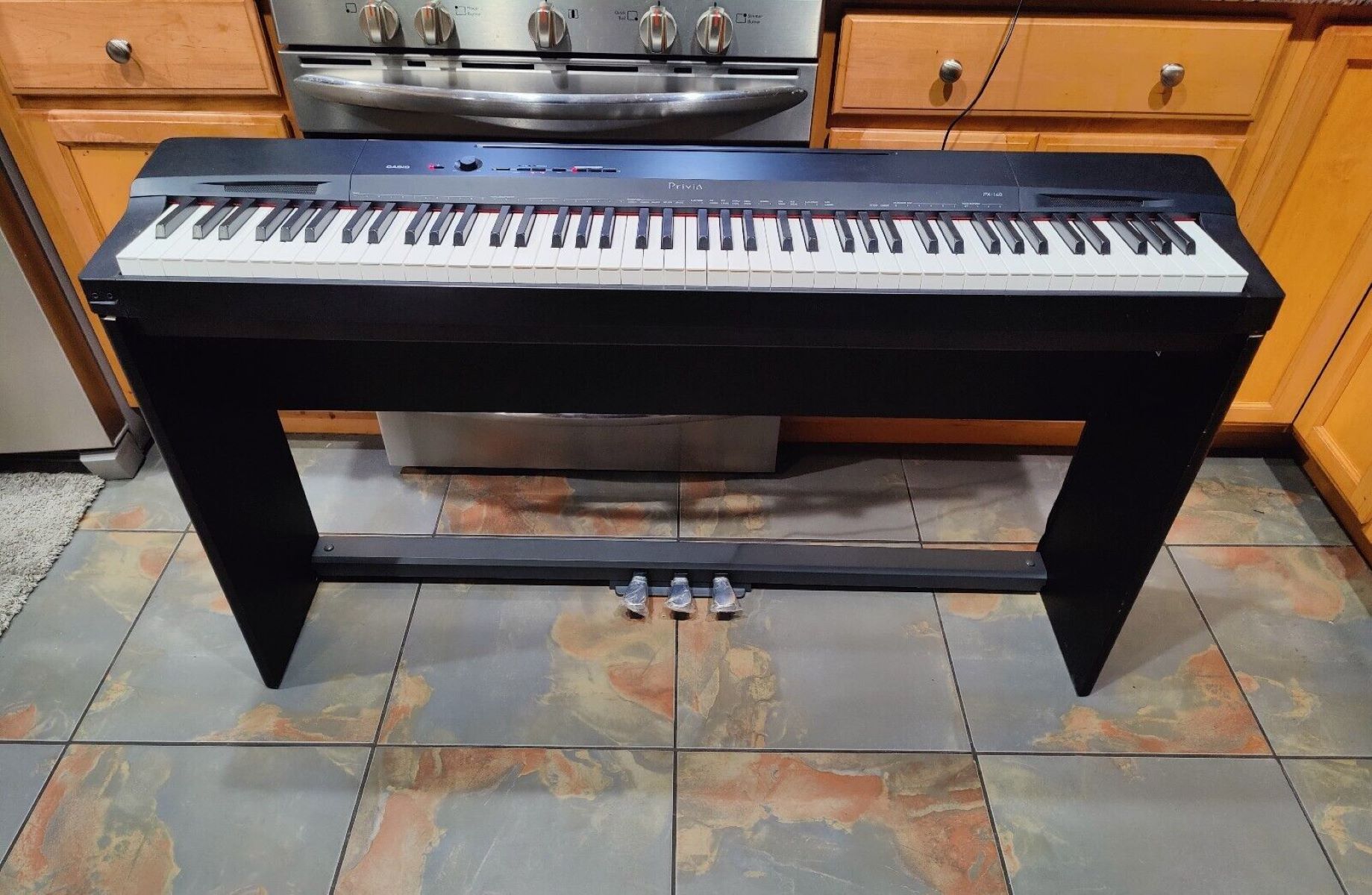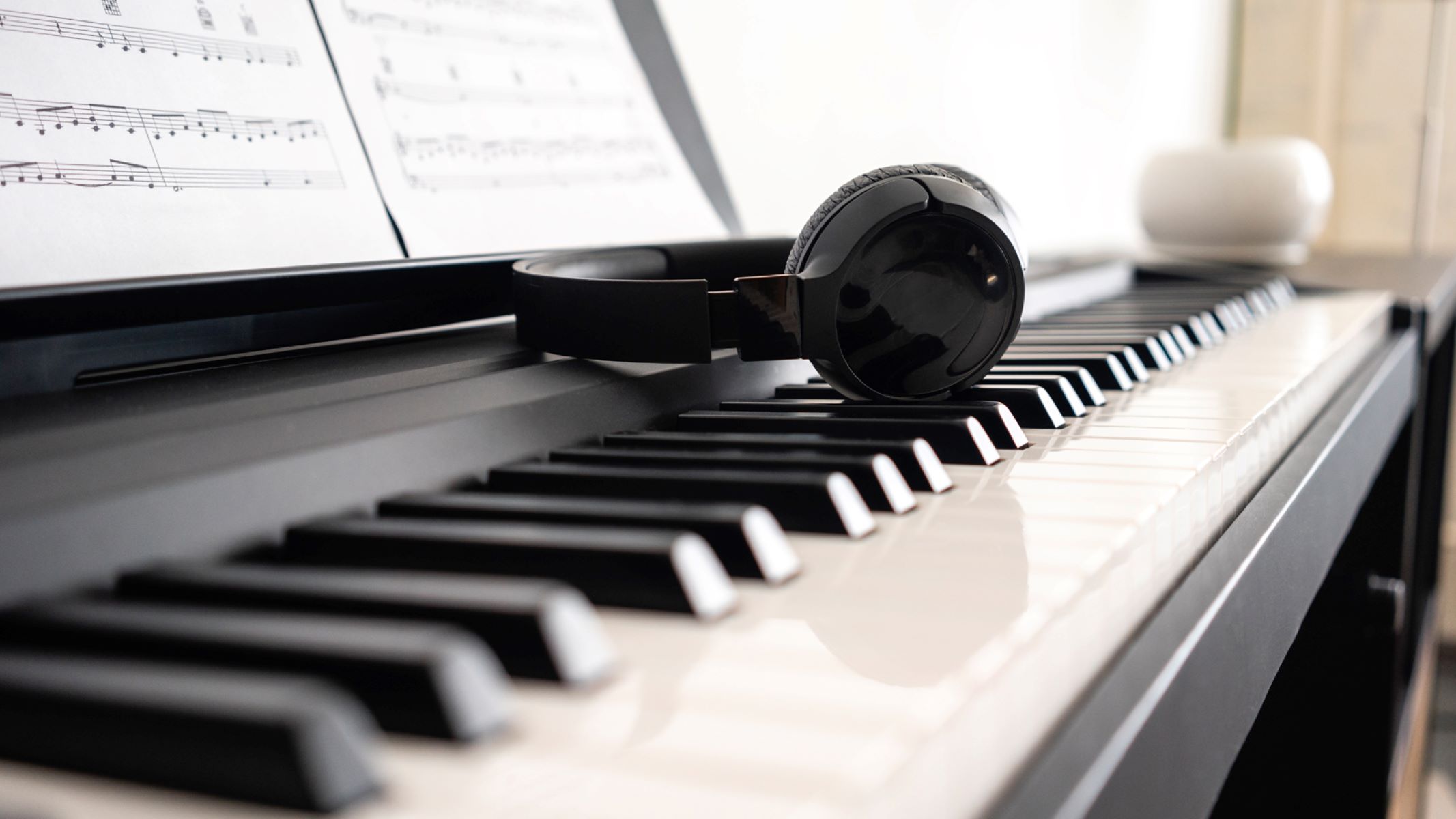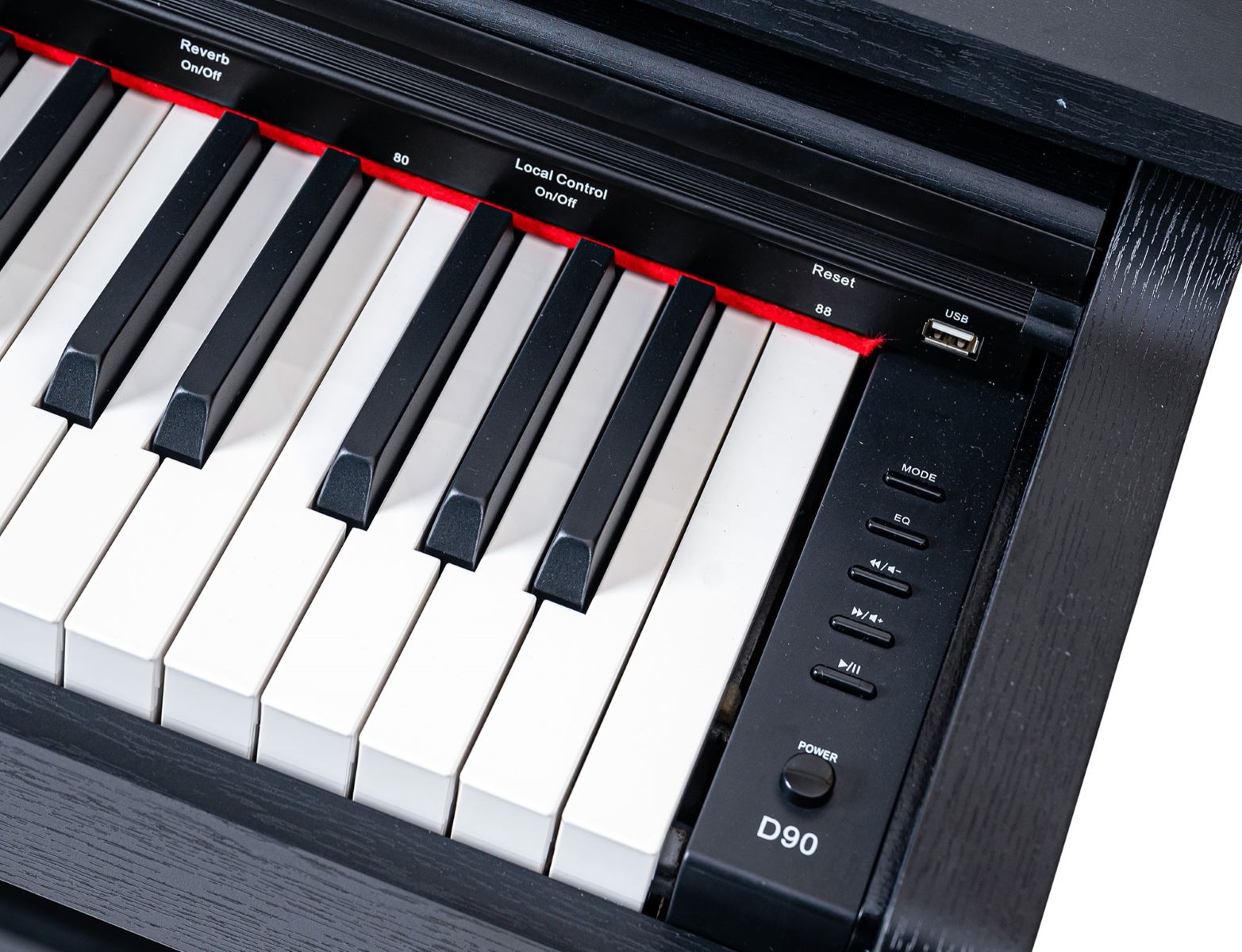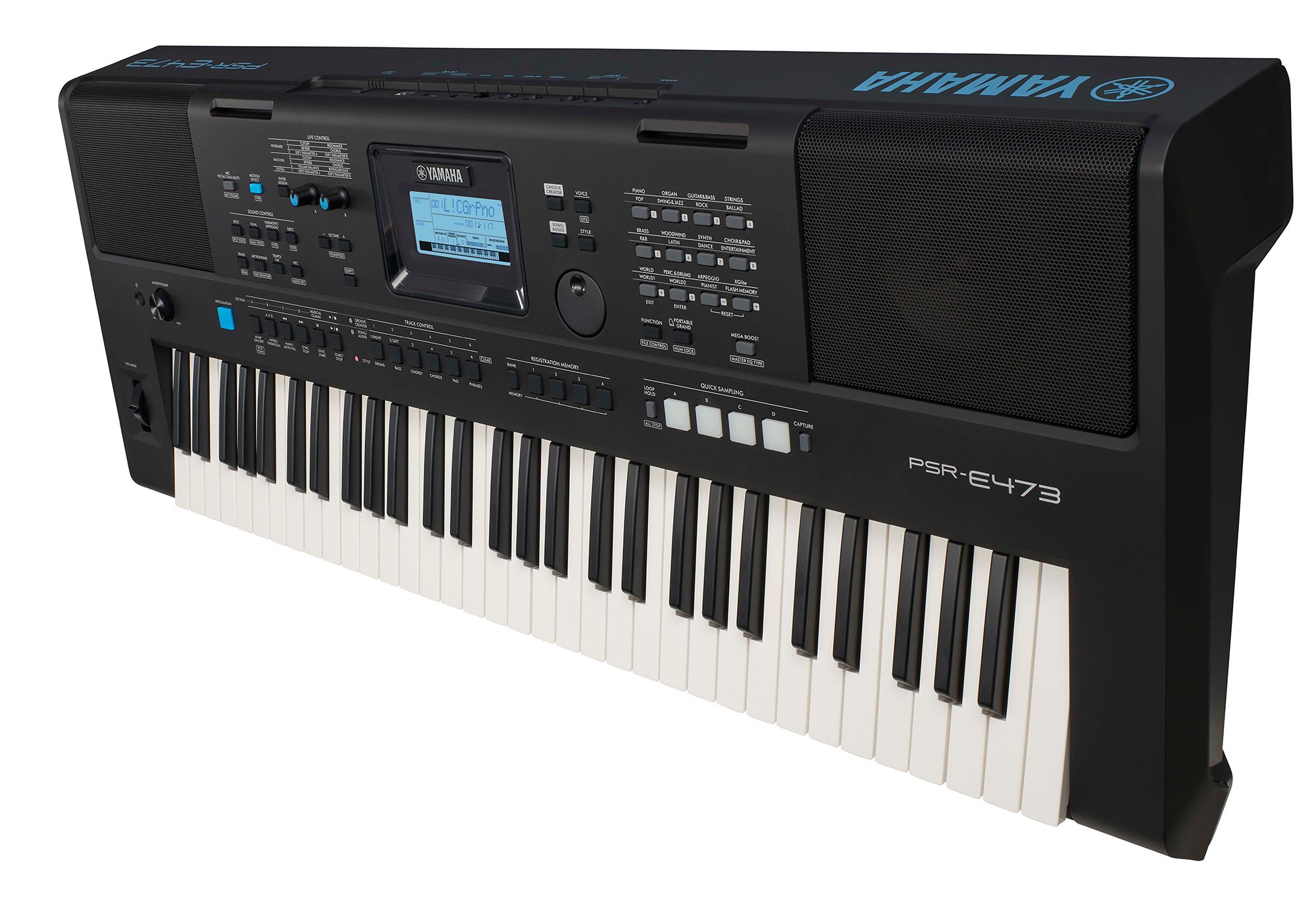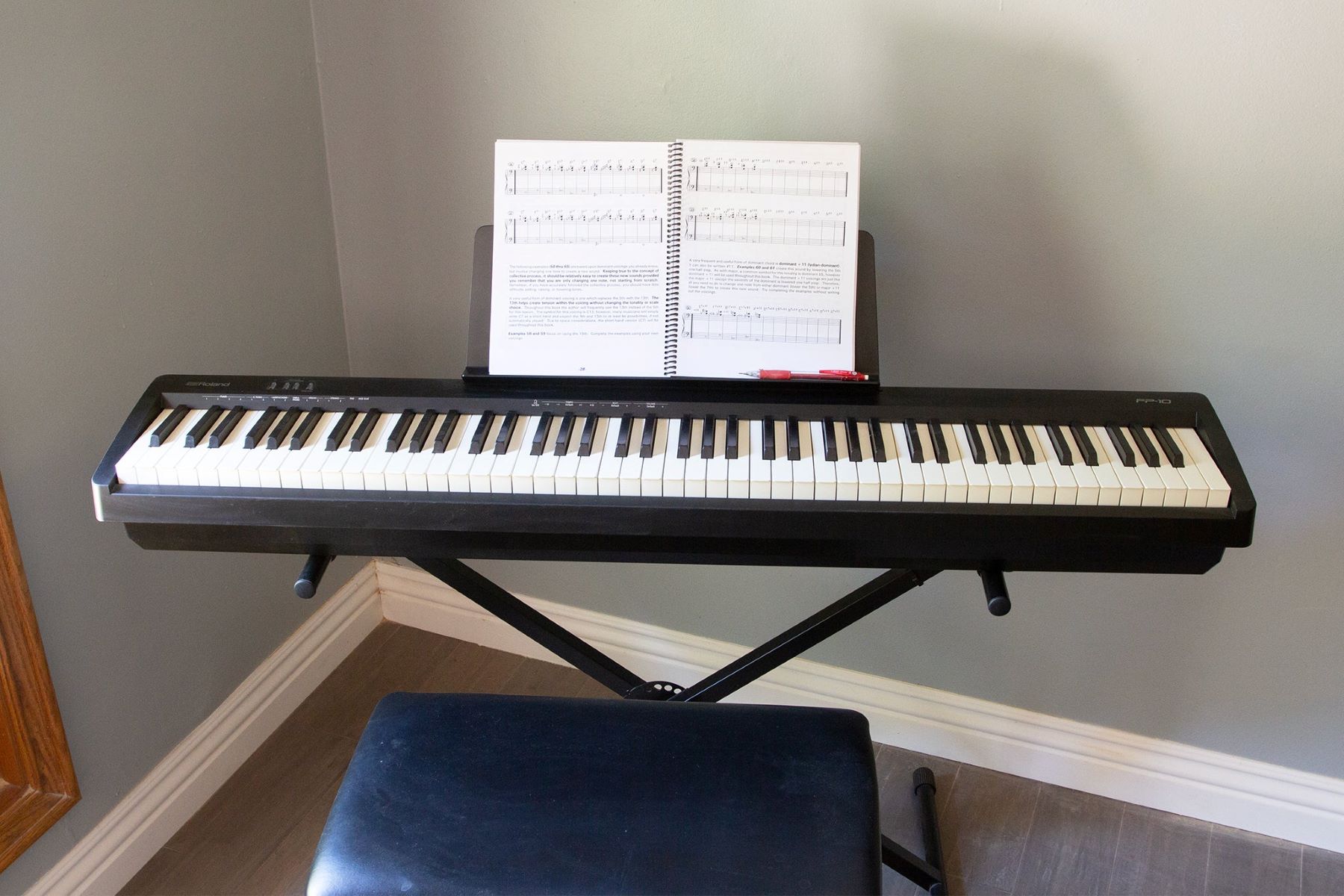Introduction
Introduction
Playing the digital piano is a wonderful experience that allows for creativity and expression. Whether you are a beginner learning the basics or a seasoned pianist honing your skills, using headphones with your digital piano can provide a private and immersive musical journey. In this guide, we will explore the benefits of using headphones with a digital piano, the process of choosing the right headphones, connecting them to your digital piano, adjusting the volume and settings, and valuable tips for maximizing your headphone experience.
Using headphones with a digital piano offers numerous advantages, making it an appealing option for pianists of all levels. The ability to practice without disturbing others is a significant benefit, especially in shared living spaces or during late-night sessions. Furthermore, headphones can enhance the overall sound quality, allowing the pianist to discern subtle nuances in their playing that may not be as noticeable through built-in speakers. This heightened audio clarity can contribute to a more focused and productive practice session.
Additionally, the use of headphones can create a more immersive playing experience, enveloping the pianist in a cocoon of sound that eliminates external distractions and amplifies the emotional connection to the music. This heightened sense of intimacy can be particularly beneficial when exploring expressive or delicate musical passages, allowing for a deeper connection to the instrument and the music being performed.
By delving into the following sections, you will gain a comprehensive understanding of how to seamlessly integrate headphones into your digital piano practice routine. From selecting the right headphones to optimizing the audio settings, this guide will equip you with the knowledge and techniques needed to elevate your playing experience. Whether you are practicing for a performance, composing new music, or simply enjoying the meditative qualities of playing the piano, incorporating headphones into your musical journey can unlock a world of sonic possibilities.
Choosing the Right Headphones
When selecting headphones for use with your digital piano, it’s essential to consider several key factors to ensure an optimal listening experience. The right pair of headphones can significantly impact the clarity, comfort, and overall enjoyment of your practice sessions. Here are essential considerations to keep in mind when choosing headphones for your digital piano:
- Sound Quality: Prioritize headphones that offer a balanced and accurate sound reproduction. Look for models that provide a clear representation of the entire frequency range, from deep bass to crisp highs, without overemphasizing specific ranges.
- Comfort: Since practice sessions can vary in length, comfort is paramount. Opt for headphones with cushioned ear cups and an adjustable headband to ensure a snug yet comfortable fit. This is particularly important for extended playing sessions.
- Open-back vs. Closed-back: Consider the acoustic design of the headphones. Open-back headphones tend to provide a more natural sound and a sense of spaciousness but may allow sound leakage. Closed-back headphones offer isolation from external noise but may feel more confined.
- Impedance: Check the impedance rating of the headphones, as it can impact volume and power requirements. Digital pianos typically work well with headphones in the 25-70 ohms range, providing an optimal balance between volume and clarity.
- Portability: If you plan to move around while practicing, lightweight and foldable headphones can be convenient for storage and travel. Consider the portability of the headphones, especially if you intend to use them in various settings.
- Cable Length: Evaluate the length of the headphone cable to ensure it comfortably reaches your digital piano without restricting your movement. Additionally, a detachable cable can offer added convenience and ease of storage.
By carefully considering these factors, you can narrow down the options and select headphones that align with your preferences and playing style. Keep in mind that personal preferences play a significant role, so testing different models and assessing how they complement your digital piano’s sound can be instrumental in making an informed decision.
Connecting the Headphones to Your Digital Piano
Once you have chosen the ideal headphones for your digital piano, the next step is to connect them properly to ensure an uninterrupted and immersive practice session. Most digital pianos offer multiple options for headphone connectivity, allowing you to choose the method that best suits your preferences and technical setup. Here’s a guide to connecting your headphones to your digital piano:
- Headphone Jack: The most common method involves using the headphone jack located on the digital piano. This standard 1/4-inch or 3.5mm jack allows for a direct and straightforward connection. Simply plug the headphone cable into the designated jack on your digital piano, ensuring a secure fit.
- Adapter Compatibility: Depending on the headphone connector type (1/4-inch or 3.5mm), you may need an adapter to ensure compatibility with the headphone jack on your digital piano. Be sure to have the appropriate adapter on hand to facilitate a seamless connection.
- Bluetooth Connectivity: Some modern digital pianos feature Bluetooth capabilities, enabling wireless connection to compatible headphones. If your digital piano supports Bluetooth audio, consult the user manual for instructions on pairing and connecting your headphones wirelessly.
- Multi-Headphone Outputs: Certain digital pianos offer multiple headphone outputs, allowing for simultaneous connection of multiple sets of headphones. This can be advantageous for ensemble playing, collaborative sessions, or teaching scenarios where multiple listeners require individual headphone monitoring.
Once your headphones are securely connected to your digital piano, take a moment to ensure that the audio output is directed exclusively to the headphones rather than the built-in speakers. This can typically be accomplished through the digital piano’s settings or control panel, where you can select the headphone output as the primary audio source.
By following these steps, you can seamlessly integrate your headphones with your digital piano, creating a personalized and immersive listening environment that caters to your musical preferences and practice requirements. Whether you prefer the convenience of wireless connectivity or the reliability of a direct cable connection, the versatility of digital piano headphone connectivity ensures that you can tailor your setup to suit your individual playing style and technical preferences.
Adjusting the Volume and Settings
Once your headphones are connected to your digital piano, it’s essential to familiarize yourself with the volume controls and audio settings to optimize the sound output and ensure a comfortable listening experience. Understanding how to adjust the volume and fine-tune the audio settings can significantly enhance the quality of your practice sessions. Here are key considerations for adjusting the volume and settings when using headphones with your digital piano:
- Volume Control: Familiarize yourself with the headphone volume control on your digital piano. Adjust the volume to a comfortable level that allows for clear and balanced sound without causing auditory fatigue. It’s advisable to start at a lower volume and gradually increase it to the desired level.
- Equalization and Sound Modes: Explore the digital piano’s sound settings, including built-in equalization presets and sound modes. These settings can affect the tonal characteristics and spatial imaging of the audio, allowing you to tailor the sound to your preferences and playing style.
- Reverb and Ambience: Some digital pianos offer reverb and ambience effects that simulate the acoustic environment of a concert hall or a studio space. Experiment with these effects to add depth and dimension to your headphone listening experience, creating a more immersive and inspiring ambiance.
- Dynamic Range and Expression: Take advantage of any dynamic range settings that allow you to adjust the responsiveness and touch sensitivity of the digital piano keys. Fine-tuning these settings can enhance the expressiveness of your playing, especially when using headphones to discern subtle nuances in your performance.
- Monitoring and Recording: If your digital piano supports audio recording or MIDI connectivity, ensure that the headphone monitoring accurately reflects the recorded sound. This can involve adjusting latency settings and monitoring levels to align the headphone output with the recorded audio, facilitating a seamless recording and playback experience.
By actively engaging with the volume controls and audio settings on your digital piano, you can customize the headphone listening experience to suit your musical objectives and sonic preferences. Whether you seek a pristine and uncolored sound for classical repertoire or a dynamic and immersive audio environment for contemporary genres, the flexibility of digital piano settings empowers you to tailor the sound to your exact specifications.
Tips for Using Headphones with a Digital Piano
As you embark on your journey of using headphones with a digital piano, incorporating the following tips can enhance your overall experience and maximize the benefits of this audio-focused practice approach:
- Take Breaks: While headphones can provide an immersive listening experience, it’s essential to take periodic breaks to rest your ears and prevent fatigue. Listening at moderate volumes and allowing brief intervals of silence can help maintain ear health during extended practice sessions.
- Experiment with Different Headphone Models: If possible, explore various headphone models to discern how they complement the sound of your digital piano. Each pair of headphones has its sonic characteristics, and finding the right match can significantly impact your perception of the music and your playing technique.
- Utilize Practice Tools: Many digital pianos offer practice tools such as metronomes, drum patterns, and accompaniment features. When using headphones, take advantage of these tools to hone your timing, rhythm, and ensemble skills without disturbing others.
- Engage in Active Listening: With the detailed sound reproduction offered by headphones, actively listen to your playing to identify areas for improvement and musical expression. Pay attention to nuances in tone, articulation, and dynamics, leveraging the headphone’s clarity to refine your musical interpretations.
- Explore Sound Customization: Delve into the digital piano’s sound customization features to tailor the audio to your liking. Adjusting the equalization, reverb, and other effects can transform the sonic character, offering a personalized and inspiring sonic backdrop for your practice sessions.
- Integrate Music Production Software: If your digital piano supports USB or MIDI connectivity, consider integrating it with music production software for recording, composing, and exploring a wide range of virtual instruments. Headphones provide an intimate monitoring environment for music production endeavors.
- Share the Experience: When collaborating with other musicians or sharing your music with friends and family, using headphones can provide a focused and private listening experience. Consider using headphone splitters or multiple headphone outputs on your digital piano to facilitate shared listening experiences.
By incorporating these tips into your headphone-enhanced practice routine, you can harness the full potential of using headphones with a digital piano. From optimizing your listening environment to refining your playing technique, headphones serve as a valuable tool for immersive and personalized musical exploration.







